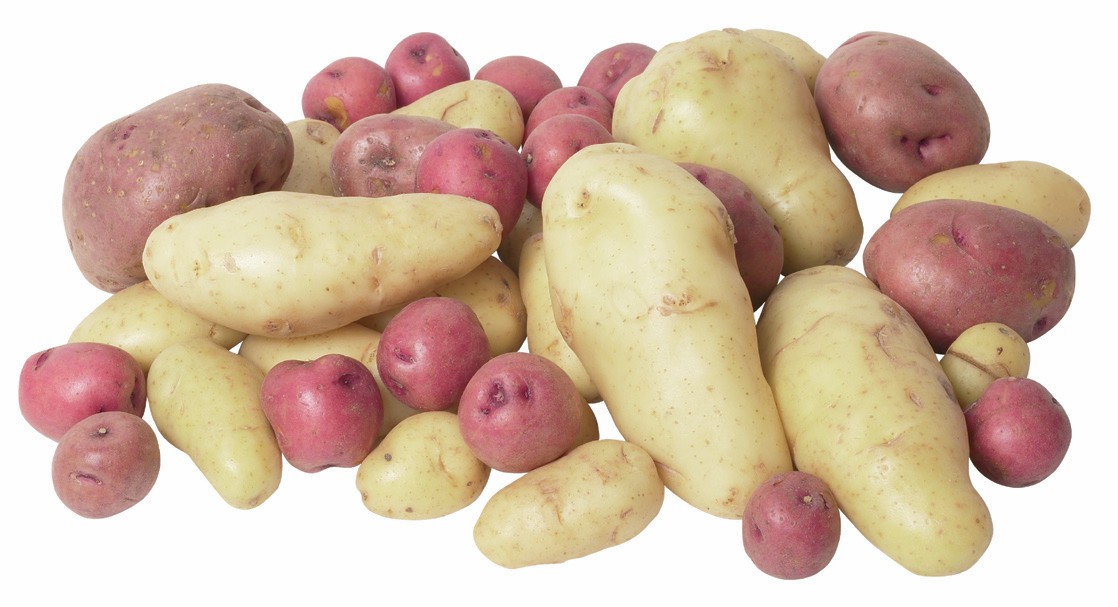
Food fraud is big business. As much as 10% of an average week’s shopping may not be quite what it seems. Many of the everyday goods bought — honey, orange juice, ham, butter and coffee — generate serious money for the food criminals. From printing misleading labels to diluting or modifying the food itself, it is easier than ever for suppliers to dupe consumers. Now chemists, using a long list of food forensics techniques in CSI-style laboratories, have come up with an ingenious solution.
Locked inside every plant and animal is a chemical memory of its environment, where factors such as soil type and rainfall levels have left a unique chemical imprint known as an isotopic ratio.
Your organisation does not have access to this article.
Sign up today to give your students the edge they need to achieve their best grades with subject expertise
Subscribe




